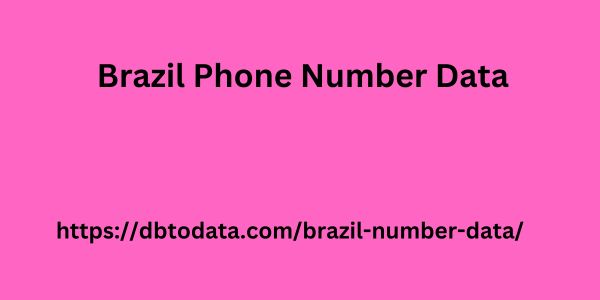|
|
Firstly, starting a text is not easy, especially if it is the introduction of a TCC . We know! But if you are about to complete an undergraduate degree or a lato sensu postgraduate course, you will probably have to face the challenge of the course completion work. And it can be much easier than you think! The truth is that you will need a good grasp of your TCC topic, but there are tips that can help you start writing and developing a good text. Therefore, today we will tell you step by step how to develop a good CBT introduction. Find out in this blogpost: What is the introduction of the TCC; How to make a TCC introduction; Writing tips; ABNT standards for introduction. What is the introduction of the TCC? Firstly, a course conclusion work, or TCC, needs to have somewhere to start, right? This is precisely the role of the introduction! That's why it's often so difficult to write it. The introduction is that first superficial contact that contextualizes, gives a taste of “I want more”, but leaves the best part of the research to the body of the TCC.
Know, speaking like this, it seems that the introduction is similar to the summary, but remember that they are different things! After the title, the summary is really the first contact that the reader has with your work, but it is usually written at the end of everything, as it summarizes, in around 10 lines, your entire work, briefly including the conclusions. On the other hand, the introduction is like an opening where you will Brazil Phone Number Data explain a more general overview of the work that will be developed in the next pages, what the reader can expect and how you will go about developing it. And that's also why you don't need to deliver all the content in the introduction, as it only serves as a showcase of your work. With this in mind, we will explain better how to write it. The ideal structure to make a good TCC introduction There are those who prefer to start writing a TCC with the introduction. However, our tip is: leave it for last! This way, you will know which aspects you really covered in the work and which were left out.

What you can do to avoid going too far out of scope and stay faithful to what you planned for your research is to point out aspects that you think are important to be included in this introduction. In principle, there is no magic formula for writing well, but when producing the text there are some good practices that will help you make the text more fluid and easier to understand. In the case of TCC introductions, there is a structure that is best suited to follow and can help you start writing. So write it down: 1. Contextualization and delimitation of the topic To begin, you need to think about your topic and explain to the reader in what general context it is inserted and what specificities you will address in your research. In other words, it is at this point that you will present the area and delimit your research within that area. So, don't forget to be specific and avoid too broad information that doesn't add to your work, ok? Remember to be brief, direct and still deliver rich content. Therefore, a good idea is to discuss data, cite a little from the bibliography or journalistic articles in the introduction.
|
|